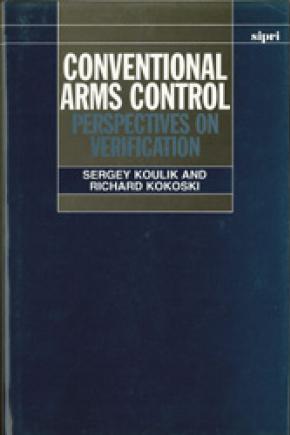The independent resource on global security
Conventional Arms Control: Perspectives on Verification
This book provides an analysis of the political and operational problems of the verification of conventional arms control. The emphasis is on post-cold war Europe and the authors examine the verification problems and opportunities presented by the 1990 Treaty on Conventional Armed Forces in Europe (CFE) and, with regard to the constraints imposed by the negotiators on the verification mechanism, provide a short history of the Mutual and Balanced Force Reduction (MBFR) and CFE negotiations which led to the Treaty. The book also highlights verification aspects of the operational approach to arms control, as illustrated by negotiations on confidence- and security-building measures (CSBMs), examining the evolution of the CSBM verification regime within the CSCE process from the Helsinki Final Act to the Vienna Document 1992. The Open Skies Treaty, its history and its relationship to aerial verification mechanisms in general are analysed. The need to verify force structures and the problems involved are discussed, and the verification lessons of the 1991 Persian Gulf War are presented.
Table of contents
1. Introduction
2. The Treaty on Conventional Armed Forces in Europe
3. The verification provisions of the CFE Treaty
4. The debate leading up to the CFE Treaty
5. New challenges to the verification of conventional armed forces
6. Confidence- and security-building measures
7. Open Skies
8. Verification lessons of the Persian Gulf War
9. Conclusions
Appendix A. The Treaty on Conventional Armed Forces in Europe
Appendix B. The Vienna Document 1992
Appendix C. The Treaty on Open Skies

